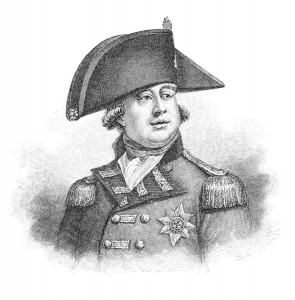200 Years After King George III
January 29, 2020
Today, January 29, marks 200 years since the death of King George III of the United Kingdom in 1820. George was king during one of the most critical periods in British history. He succeeded his grandfather George II in 1760. During the following 60 years, revolutions and other major events changed many aspects of British life.
The French Revolution (1789-1799) led to a war between Britain and France that threatened Britain’s existence. The American Revolution (1775-1783) cost Britain the American Colonies that became the United States. The Industrial Revolution during the late 1700′s and early 1800′s created a new society and more than doubled the British population. Britain also acquired new territories in southern Africa, southern Asia, and Australia during the reign of George III. The Act of Union, which became effective in 1801, brought Ireland into the kingdom, which was then called the United Kingdom of Great Britain and Ireland.
George III took a far greater part in governing the country than did George II. He tried to destroy the power of the Whig aristocrats, who had held control for many years under Sir Robert Walpole, Henry Pelham, and the Duke of Newcastle. George chose his ministers, especially Lord North and William Pitt the Younger, with this in mind. In North America, George’s policies and attitude toward the colonists helped fuel the revolutionary fervor that led to war.
George was born in London on June 4, 1738. He probably suffered from a nervous system disorder now known as porphyria. The sickness struck at various times and made George appear to be mentally ill. By 1810, the “mad king” had become incapable of logical acts and was thought to be insane. His eldest son, George, the Prince of Wales, ruled as regent from 1811 until his father’s death, when he succeeded him as George IV.



